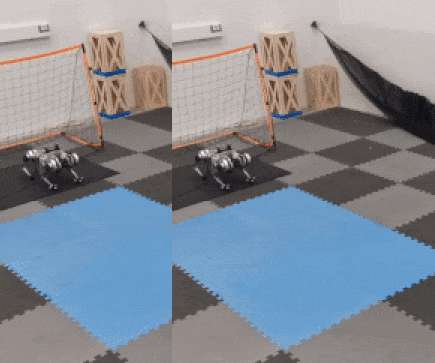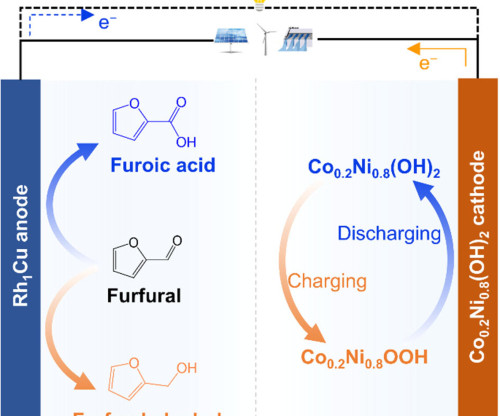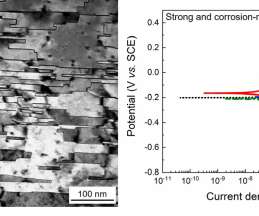PNNL team develops composite sulfur/Ni-MOF composite cathode for Li-S batteries showing excellent capacity retention
Green Car Congress
APRIL 15, 2014
Researchers at Pacific Northwest National Laboratory (PNNL) have used a novel Ni-based metal organic framework (Ni-MOF) significantly to improve the performance of Li-sulfur batteries by immobilizing polysulfides within the cathode structure through physical and chemical interactions at molecular level. Li-S anode work.






























Let's personalize your content